Thyme, Mastic (Thymus mastichina), packet of 50 seeds, Organic
$3.95
Family: Mint (Lamiaceae)
Hardy to Zones 7 to 10. May be grown as an annual, 90 days to harvest.
Evergreen woody perennial subshrub native to the Iberian peninsula. Flowers in rounded, white, fuzzy heads to a height of 12 inches. Camphoraceously aromatic. Source of anxiolytic rosmarinic acid as well as significant amounts of eucalyptol, linalool and camphor. Traditional use: burned to purify surroundings, also packed in clothing to deter moths. Herbal antiseptic. As a culinary herb, hotter than most kinds of Thyme, due to the high essential oil content, and can be utilized in protein dishes, etc. Plant prefers a sunny and dry position. Barely cover seed and keep moist and warm until germination. Prick seedlings to pots and grow out for 6 weeks or so before transplanting to landscape. Space 2 feet apart.
50 seeds/pkt., Certified Organically Grown
In stock

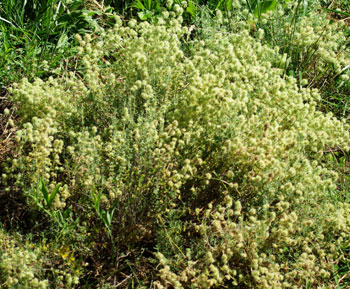
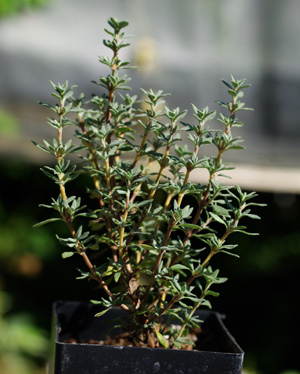
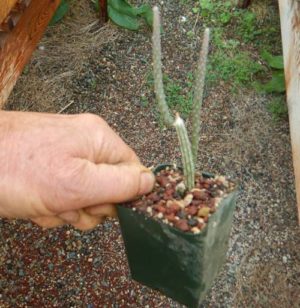

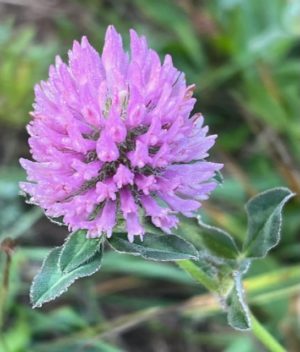
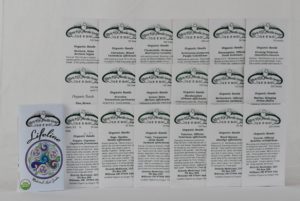
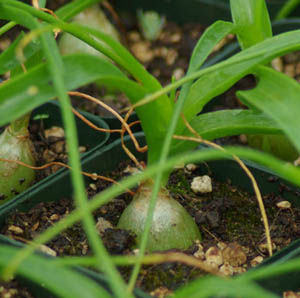
Douglas Curtis (verified owner) –
BIIIG things do indeed come in small packages. A tiny leaf holds so much flavor it is difficult to believe. Complex combo of delicious thyme flavors was completely unexpected. The ‘thyme’ in U.S. grocery stores is bland in comparison.
Upvote if this was helpful (0) Downvote if this was not helpful (0) Watch Unwatch Flag for removal
Question
thenaekedgardener –
Hello Richo,
How well do you think this herb will do in Southern Missouri/ Northern Arkansas climate? I’m on the state line, like SoMo but just a stone’s throw away south…
We do get some minor drought in Summer, along with 100f degree and 90-100% humidity as well.. I’m on a southern facing hill with a bit of terracing. We’ve got lots of large boulders all the way to every stone size down to great gully collection sites of very silty-fine gravel (like a silty-sand loam with small gravel mix). Lots of rockery, rock fines, and acidic high mineral especially; lots of oxidised iron Red Clay… All mostly in a meadow like site…
If I were to make raised beds with a lot of that gully material mixed with extra gravel and position these materials out of the lowlands and into very sunny highlands, then do you believe that my hand at growing herbs requiring “dry” well draining situations will be fruitful; at the very least adaptable?
Thank you for taking the time to answer my questions, you are greatly appreciated!
-naeked
Upvote if this was helpful (1) Downvote if this was not helpful (0) Watch Unwatch Flag for removal
Richo Cech –
Yes, the terraced beds sound fine. Often you can get by with a covercrop, a till-in, and then establish your permanent beds. Fast-draining materials can be layered above the existing clay substrate and aromatic herbs will do fine growing through that–its really crown drainage you’re after–feeder roots will take whatever is there already. start small and experiment and then with that info under your belt (oh, you’re naked, you don’t have one, perhaps a fig leaf will do in a pinch) move towards functionality. r
Upvote if this was helpful (2) Downvote if this was not helpful (0) Flag for removal